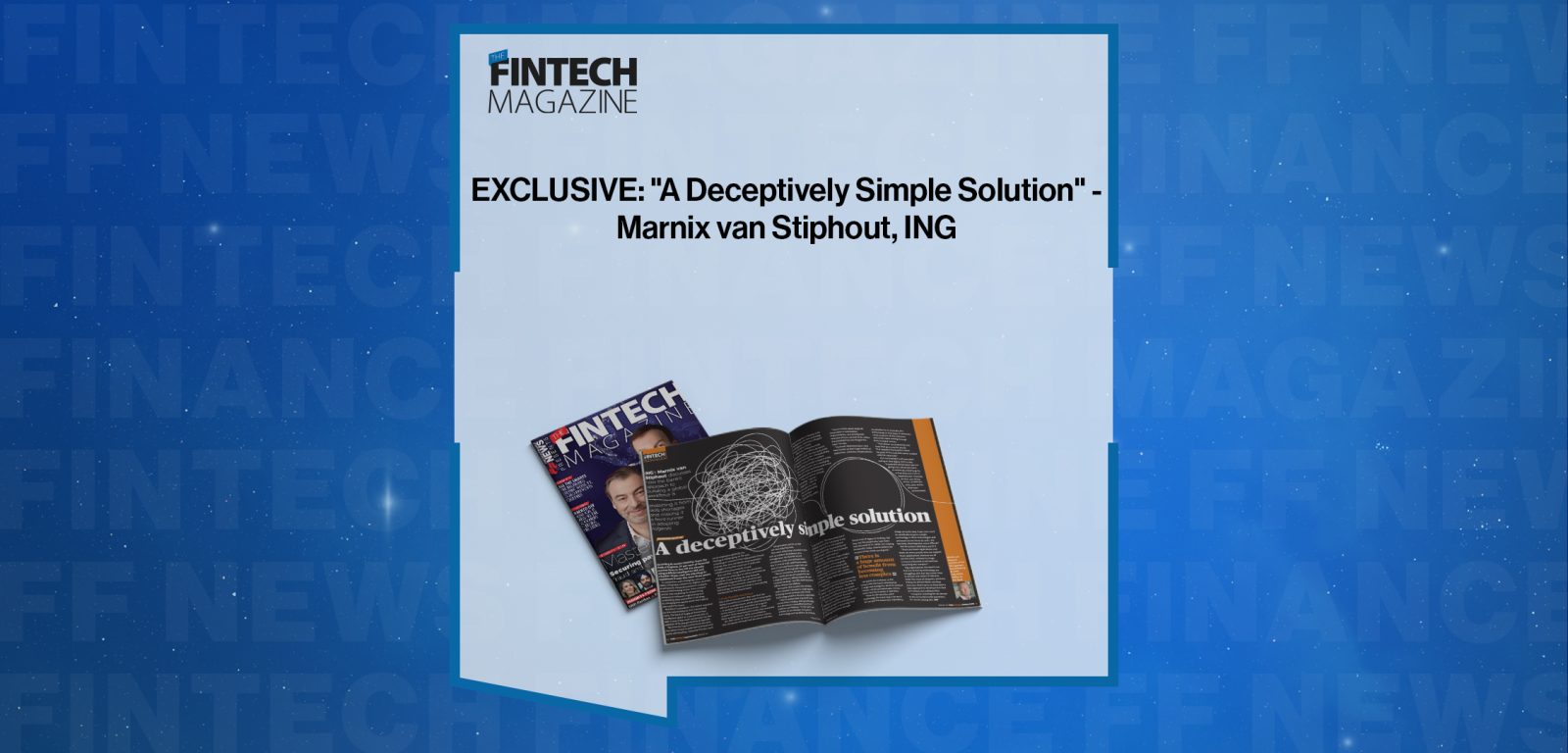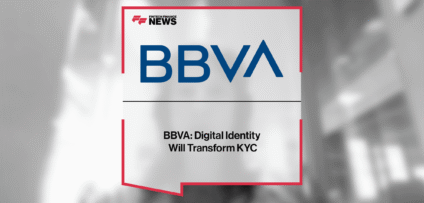Breaking News

EXCLUSIVE: “A Deceptively Simple Solution” – Marnix van Stiphout, ING in ‘The Fintech Magazine’
ING’s Marnix van Stiphout discusses how the bank’s approach to building a global workforce is protecting it from skills shortages and making it a front-runner in adopting AI/genAI
According to recent statistics from the Bank of England, 75 per cent of financial services firms in the UK are already using artificial intelligence (AI) and a further 10 per cent are planning to implement it over the next three years. In conjunction with changing consumer habits and greater reliance on digital channels, AI will almost certainly transform multiple areas of the banking sector, from contact centres and marketing to streamlining processes in software engineering and accelerating data extraction in lending.
It’s changing how banks work and indeed, who works for them.
But there’s a problem. The talent required for this new workforce isn’t necessarily there. The Bank of England found that insufficient talent or a perceived lack of skills is one of the main constraints on the adoption of AI and generative AI (genAI). The issue isn’t just in financial services.
The talent crunch is well-documented and across all industries. Seventy-five per cent of all employers globally are finding it challenging to fill roles, according to research from Manpower Group. Overall, the two attributes that employers struggle to find the most are IT skills and collaboration/teamwork, it said.
But not ING.
Long before the pandemic changed our attitudes to where and how we worked, it was feeling its way towards a different organisational structure and approach to recruitment, retention and technology development that is now paying dividends for the Dutch bank.
A truly flexible workforce
Like a lot of companies, ING saw that the skilled workforce it needed wasn’t necessarily where it needed them, while talented people – or people with the potential to be great at the work it needed them to do – often couldn’t find employment locally that matched their qualifications, skills and ambition. So, ING went to them in countries where the company already had presence and was doing business, and set up what are now called ING Hubs.
Their work collectively is focussed on areas such as software development, data management, non-financial risk and compliance, audit, and retail operations. But it’s not so much what they do, as who does it and how that has made them such a crucial part of ING’s growth strategy.
“We are innovative, and less stuck in our ways, which also attracts people that have a slightly different attitude towards life and towards banking,” says ING’s Chief Operations officer, Marnix van Stiphout.
No matter their location, the individual Hubs’ purpose is to work to a single agenda, building shared processes and a shared technology stack for the entire organisation.
“We’ve realised that if you want to be successful in banking, sharing technology and processes is incredibly important,” explains van Stiphout. “In that spirit, we needed to see whether the teams in technology and operations, for example, can sit together. In Manila, in the Philippines, you have technology colleagues, operations colleagues and analytics people.”
ING Hubs Philippines, which expanded its workforce by around a third in 2024, now has nearly 6,000 people working for it. The bank clearly doesn’t seem to have a problem recruiting the people it needs to create the bank it wants, nor in developing the soft skills required to work in such a collaborative environment.
“There is a huge amount of benefit from becoming less complex”
“You can work on all kinds of things,” says van Stiphout. “Take, for example, the way we are developing transaction monitoring, which is part of KYC. The core comes out of Poland, but it is for everybody to use. So their work has an international flavour with early responsibility and early impact, which is liked by people who come to work with us.”
The Hubs’ collective, single-minded vision is particularly relevant to the bank’s adoption of AI and genAI, which is focussed on applying the technology in just five very specific areas of the business: KYC, contact centres, coding, hyper-personalisation and lending.
“We want to be very strict and create maximum impact for these five big use cases,” says van Stiphout. “The Hubs are very much part of the ecosystem that we’re creating of talent and focus.”
He’s convinced that the way for the bank to achieve maximum impact and get the best value from its investment in technology is to team up and follow through.
“The crux of this whole AI/genAI conversation is mobilisation, implementation, and sticking with what you said you wanted to do, rather than jumping from one thing to the other,” he says. “You know, banks have been very slow to clean up their huge number of applications, solutions, infrastructures. There’s a lot of legacy in banking, full stop, and the people who have been more focussed on it, I think, are reaping the benefits today. I like to believe we are part of that front-running set.”
He points, for instance, to the success ING has had in developing a single technology for all of its contact centres, retail and wholesale, across every country in which it operates.
“Now we all have the same technology, the next step is to see if we can get the same data repository, things are quite easy. If you now need to coordinate to go to a single technology or share technologies and processes across those 10 units, life becomes, planning-wise, more difficult.”
But the prize is definitely worth it.
“There are fewer applications and there are more people who can support these applications, because we all use the same, so there is a huge amount of benefit to be had from becoming less complex.”
Big organisations the world over that are driven by technology are struggling with two key issues: how to attract and retain IT talent to make the most of AI/genAI, and how, if they do attract them, can they structure their teams so they have a lean approach to development that isn’t siloed, but collaborative.
If anyone’s looking for an answer to those fundamental questions, it’s worth asking ING.
This article was published in The Fintech Magazine Issue 34, Page 35
People In This Post
Companies In This Post
- How USAA Builds Digital Experiences Around Its Members Read more
- Spayce: Organic Growth, Own Tech, New Wallet Read more
- EXCLUSIVE: “Check, Check… and Check!” – Pilar Fragalà, CBI in ‘The Fintech Magazine’ Read more
- BBVA: Digital Identity Will Transform KYC Read more
- Pocket Network Is Pioneering ‘DePIN for Data’ Read more

















